Android 11 is on the way — here's everything you need to know
Google's cranking Android up to 11.
Last year's Android 10 update was a big shift for the operating system. Not only did we get the long-awaited dark mode and important changes to app permissions, Android 10 also marked Google's departure from dessert names and ushered in a new Android logo/brand.
Android 10 was a year of growth and maturity for the operating system, and those same principles are being carried over to Android 11. We're still a few months out from the final build being available for everyone, but with a developer preview now out in the wild, we have a good idea of where Google wants to take Android in 2020.
Ready to learn all about what Android 11 is packing? Here's everything you need to know!
- Developer Preview 3 is out
- Tons of messaging improvements
- Permissions keep getting better
- We have a built-in screen recorder
- Adapting Android to different displays
- 5G is a big focus
- You can flash it right now
- The final build is coming in Q3
- The Pixel 4 is first-in-line for Android 11
Fast updates
Google Pixel 4 XL
From $599 at Amazon $899 at Walmart
Great now, better with Android 11
If you want to be among the first to use Android 11 when it comes out later this year, the Pixel 4 is for you (specifically the larger XL model). The big draw is its guaranteed software updates and being first-in-line for them as they're released. You're also getting a 90Hz AMOLED display, outstanding cameras, OK battery life, and a sleek design with a matte glass back.
Developer Preview 3 is now available
On February 19, Google kicked off the hype train by releasing the first developer preview for Android 11 — giving us an early look at its biggest features and new logo. On March 18, Google followed up with the second developer preview, adding a number of new features and fixing many bugs present in the first two builds. Following that, April 23 saw the release of Developer Preview 3, with that build also focusing on bug fixes.
Based on what we know so far, Android 11 looks to be a fairly modest year-over-year improvement compared to Android 10. DP2 brought a couple of minor UI changes, but nothing too radical. We'll dive deeper into some of the biggest features below, with some of them being improvements to how Android handles 5G connections, support for more display types, and more powerful permission controls.
That may sound kind of boring, but don't check out quite yet. Google often keeps changes and updates coming with each new developer preview, meaning even Developer Preview 2 (and DP3, for that matter) isn't fully indicative of Android 11's final/public build.
Here's everything new and changed in Android 11 Developer Preview 3 Here's everything new and changed in Android 11 Developer Preview 2
Lots of improvements for messaging
Reading through Google's initial press release for the first Android 11 developer preview, it's obvious that this update is doing a lot to improve Android's messaging experience. In fact, there are three core upgrades that should make a big difference in your day-to-day use.
First on the list, we have chat bubbles. Similar to what Facebook's offered for years with its Messenger app on Android, chat bubbles in Android 11 will hide your ongoing conversations in little bubbles on the side of your screen. You can move the bubbles around, and tapping on them will reveal that specific conversation. The Bubbles API is being made available for all messaging apps, with Google encouraging developers to adopt it.
In another effort to make sure you can get to your messages as quickly as possible, Android 11 introduces a dedicated conversation section in your notification shade that'll offer instant access to any ongoing conversations you have. In theory, this should help make your messages stand out from other notifications.
Speaking of messages and notifications, Android 11 makes it possible to send images when replying to a message directly from the notification shade.
One-time permissions
Looking back on Android 10, one of its highlights was its improved handling of app permissions. Android 10 gave users more control over applications and what they could access, and Android 11 keeps this train rolling with a wonderful new addition.
Now, when an app asks for permission to use sensitive features like your location, microphone, or camera, you can choose to only grant it access on a one-time basis. The app will be able to use that permission during that instance of you using the app, but as soon as you leave it, the permission is revoked. The next time you use the app and it wants to use that permission, it needs to be granted access again.
Giving apps permission to these aspects of your phone should not be taken lightly, so we're thrilled to see Google giving users more control over their data like this.
A built-in screen recorder — finally!
For the past few Android releases, we've been patiently waiting for Google to add a built-in screen recorder. It's not something you'll use every day (if ever for some people), but the fact that such a basic function isn't baked into Android at its core is getting annoying.
Thankfully, Android 11 looks to finally change that. Developer Preview 2 added a screen recorder, accompanied with a polished UI and toggles for recording audio and showing touches with your recording.
Early builds of Android 10 had traces of a screen recorder, too, but it was nowhere as complete as what was introduced in Android 11 DP2. It's still possible the feature won't make it into the final build, but based on what we're seeing right now, it looks like something Google is ready to ship to the masses.
Adapting the OS to different display types
If there's been a place of notable advancement in the Android space, it's been with displays. Companies are doing what they can to offer the best and most exciting smartphone screen possible, and as great as this is, Android needs to catch up with better support for all of these advancements.
Folding phones are proving to be quite popular so far in 2020, and especially with devices like the Galaxy Z Flip and Motorola RAZR that have the "flip phone" folding design, Android 11 Developer Preview 2 added the "hinge angle sensor API" so apps can easily detect the hinge of these folding phones. With this information, developers can adapt their apps to work around the hinge and create unique experiences because of that (like how Google Duo changes its UI when you do a half-fold on the Z Flip).
The other big upgrade smartphone displays have seen has to do with faster refresh rates. It's no longer uncommon for phones to ship with screens that refresh at 90Hz or 120Hz, and Android 11 allows developers to take better advantage of these powerful displays. Introduced in Android 11 DP2, developers can select which refresh rate their application should run at. If the developer determines their app looks best at 90Hz or 60Hz, they can make that decision and have the phone's display change its refresh rate accordingly when using that app.
Getting Android ready for 5G
5G finally started making its way to people last year, and throughout 2020, more and more folks are going to connect to the next generation of wireless data. To help that process be as smooth as can be, Android 11 adds a very important "Dynamic Meterdness API."
That may not sound very exciting on paper, but it essentially allows phones to take full advantage of all the power 5G brings.
If the API detects that you're connected to an unlimited 5G signal, you'll access the highest possible quality for videos and graphics. The potential for 5G is pretty darn cool, and this API ensures you take full advantage of the speeds available to you.
You can flash Android 11 on your phone (but you shouldn't)
Android 11 currently exists as a developer preview, and right now, it is in the earliest stage that we'll see. You can put it on your phone if you want, but we'd advise against that.
First of all, you need to manually flash Android 11 Developer Preview 3 to get it on your phone in the first place. Unlike later builds of the OS, you can't just download an over-the-air update.
Furthermore, the purpose of this initial developer preview is so developers can start working with the new Android version and get their apps ready for its final release. In other words, it's not meant for regular use on your daily driver.
With all of that out of the way, if you're dead-set on putting Android 11 on your phone right now, we have a guide walking you through the process of exactly what you need to do.
How to download and install Android 11 on your Pixel Phone
We have a few months to go before the final build
Android 11 may technically be available right now, but we have a ways to go before it's ready for everyone.
Developer Preview 3 is the current version, with it being the final build intended just for developers. We were expecting the public beta to be available in May, but it now looks like it's been delayed until June 3. Once the beta does launch, we'll see two subsequent updates that focus on platform stability. Then, hopefully at some point in Q3, the final version of Android 11 will be released to the masses.
In total, that'll see Google releasing six betas/previews leading up to Android 11 in its final form.
Want Android 11 as soon as it's available? Check out the Pixel 4
Whether you want to mess with Android 11 in its preview form or just make sure you get the update as soon as it's pushed out later this year, the Pixel 4 XL is the phone for you. It's true that battery life isn't amazing, but if you can get by with day-long endurance, there's a lot to like here.
Not only will the Pixel 4 XL get Android 11 before the Samsung and LG phones of the world, but it also has really impressive hardware. The Snapdragon 855 processor is a beast, the 90Hz AMOLED display is a joy to look at, and the dual rear cameras capture downright stunning photographs.
The Pixel 4 XL isn't a cheap phone, but it's very common to find it being sold for considerably less than the retail price — making it much easier on the old wallet.
Fast updates
Google Pixel 4 XL
From $599 at Amazon $899 at Walmart
Great now, better with Android 11
If you want to be among the first to use Android 11 when it comes out later this year, the Pixel 4 is for you (specifically the larger XL model). The big draw is its guaranteed software updates and being first-in-line for them as they're released. You're also getting a 90Hz AMOLED display, outstanding cameras, OK battery life, and a sleek design with a matte glass back.
from Android Central - Android Forums, News, Reviews, Help and Android Wallpapers https://ift.tt/32bdTBc
via IFTTT
 Reviewed by site
on
6:49 ص
Rating:
Reviewed by site
on
6:49 ص
Rating:
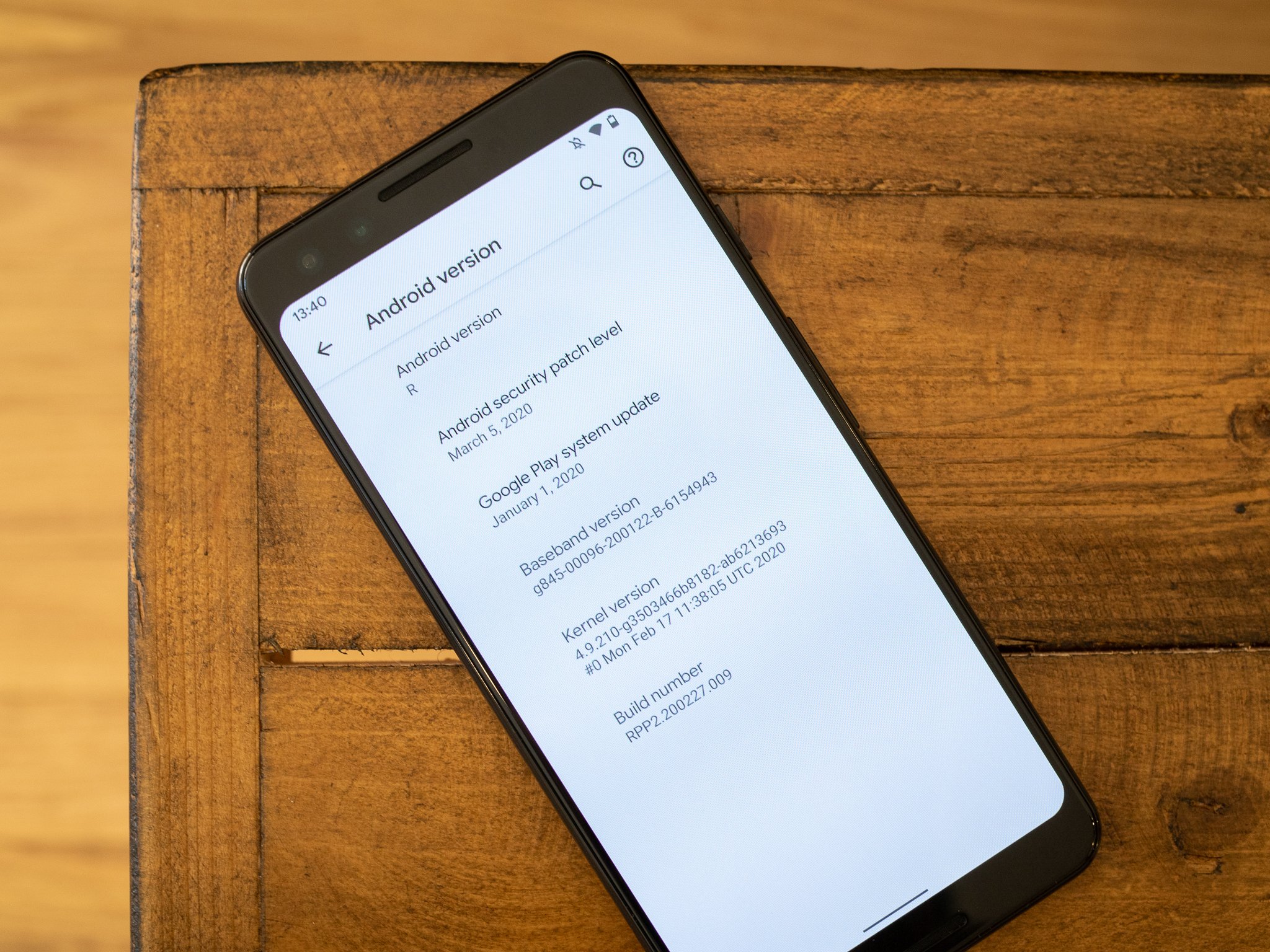
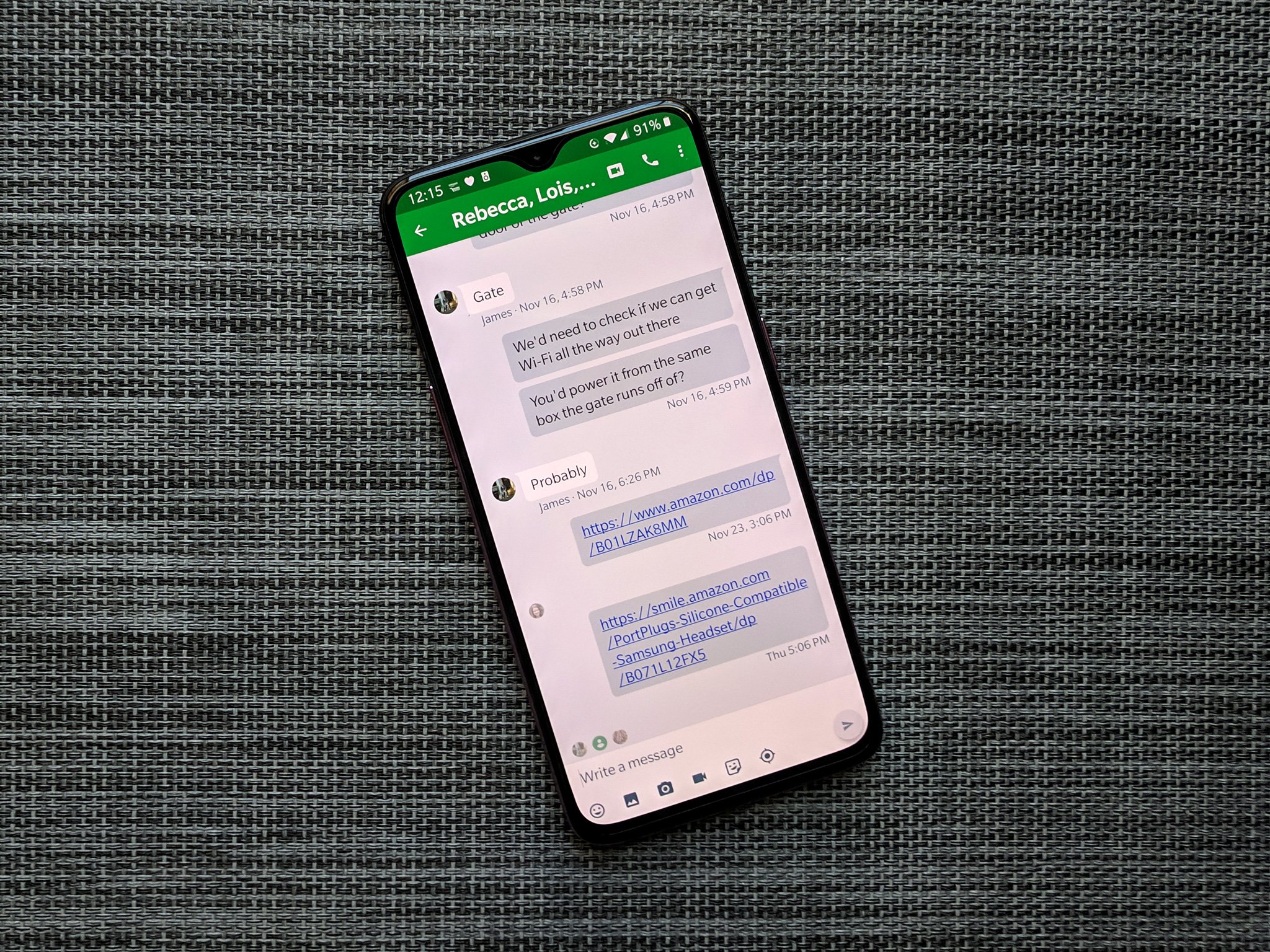
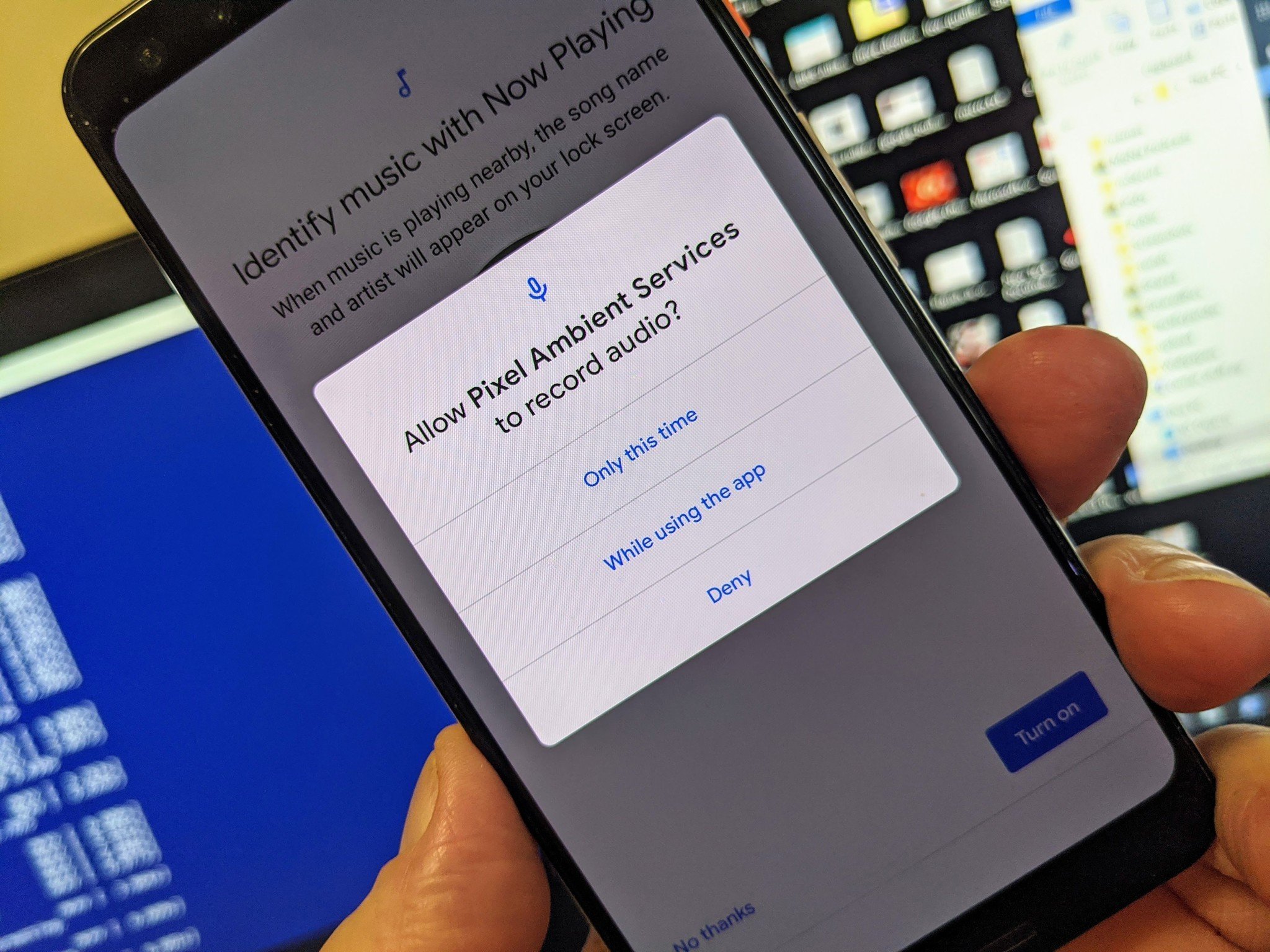

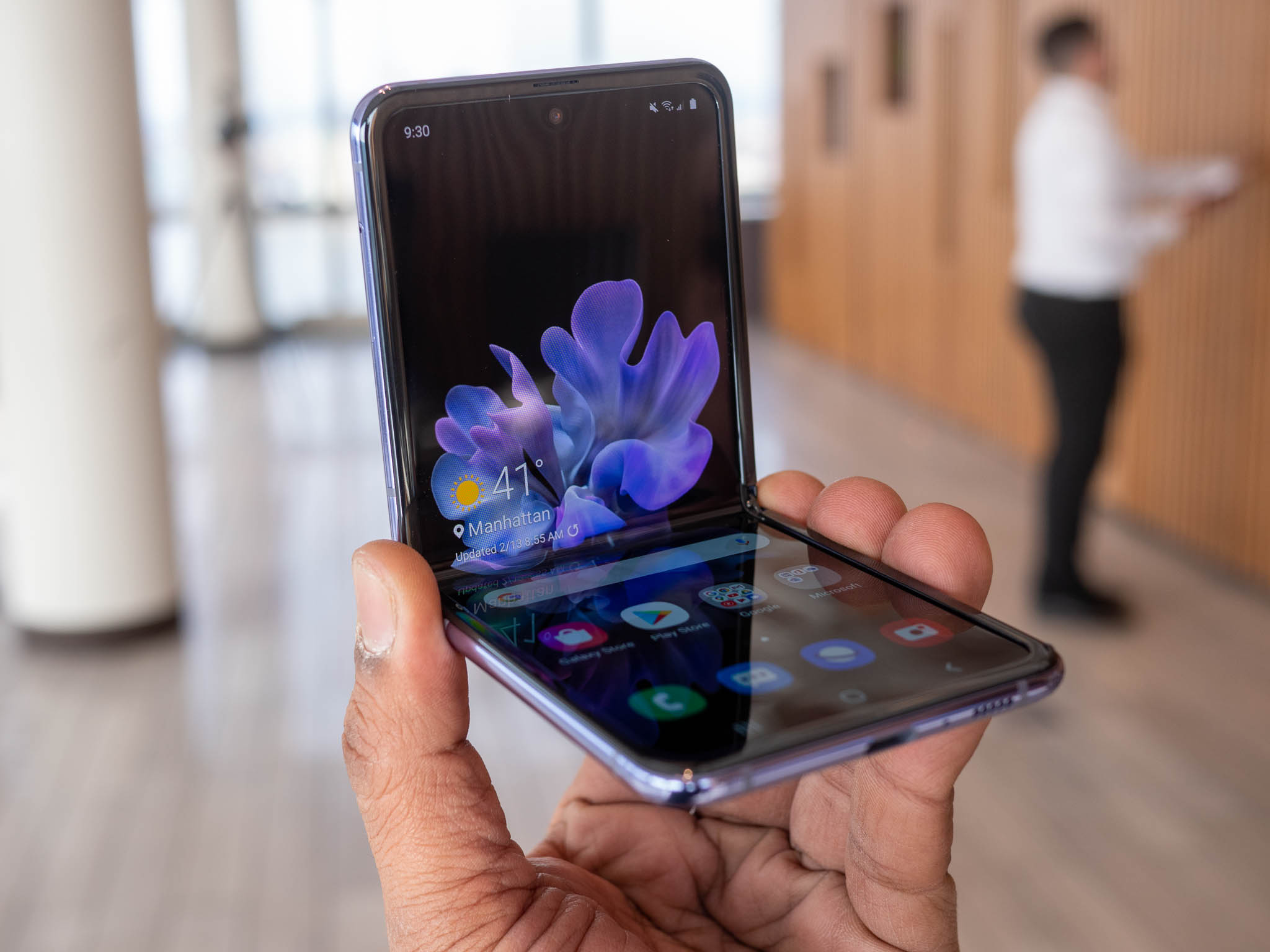
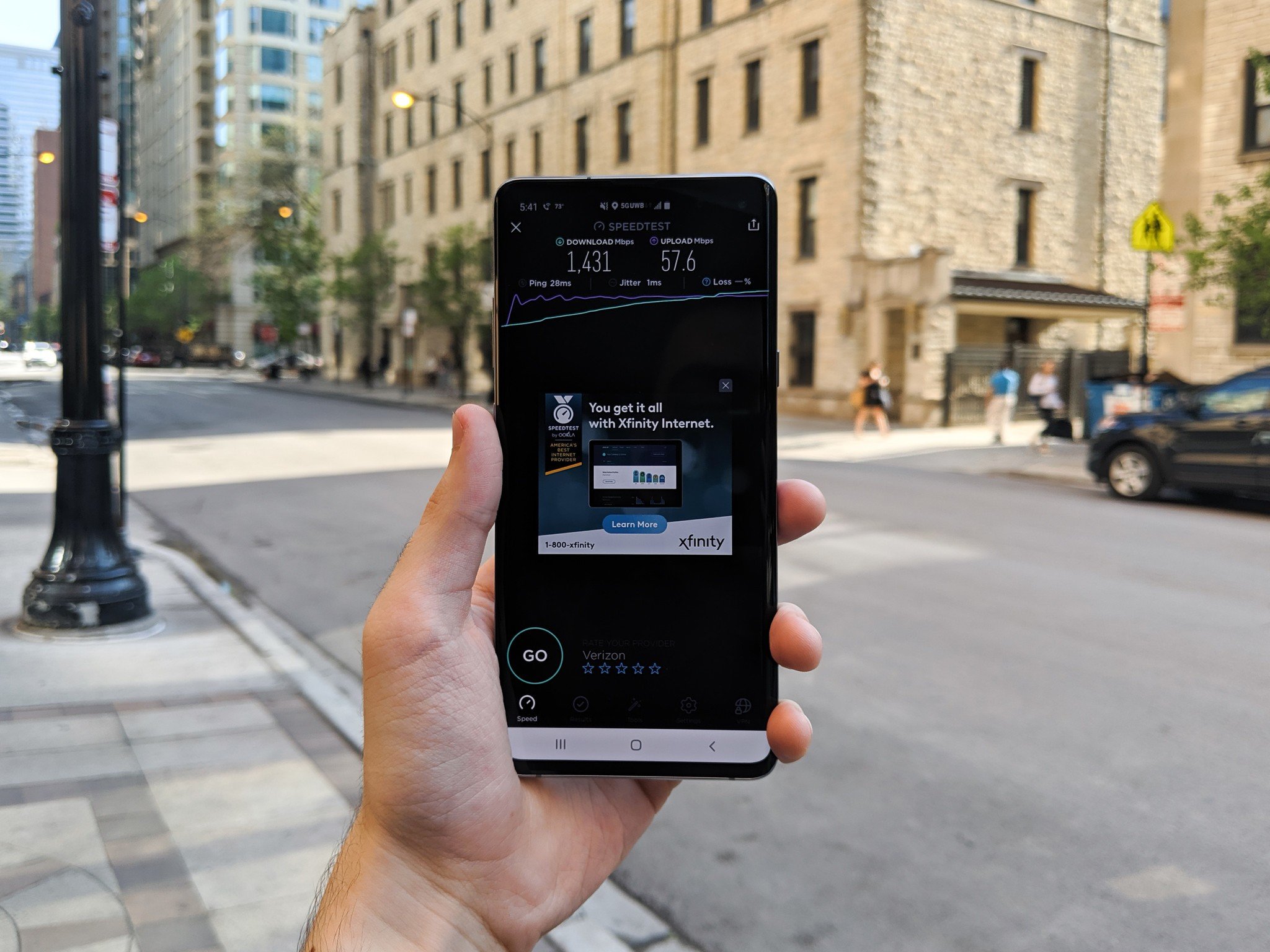
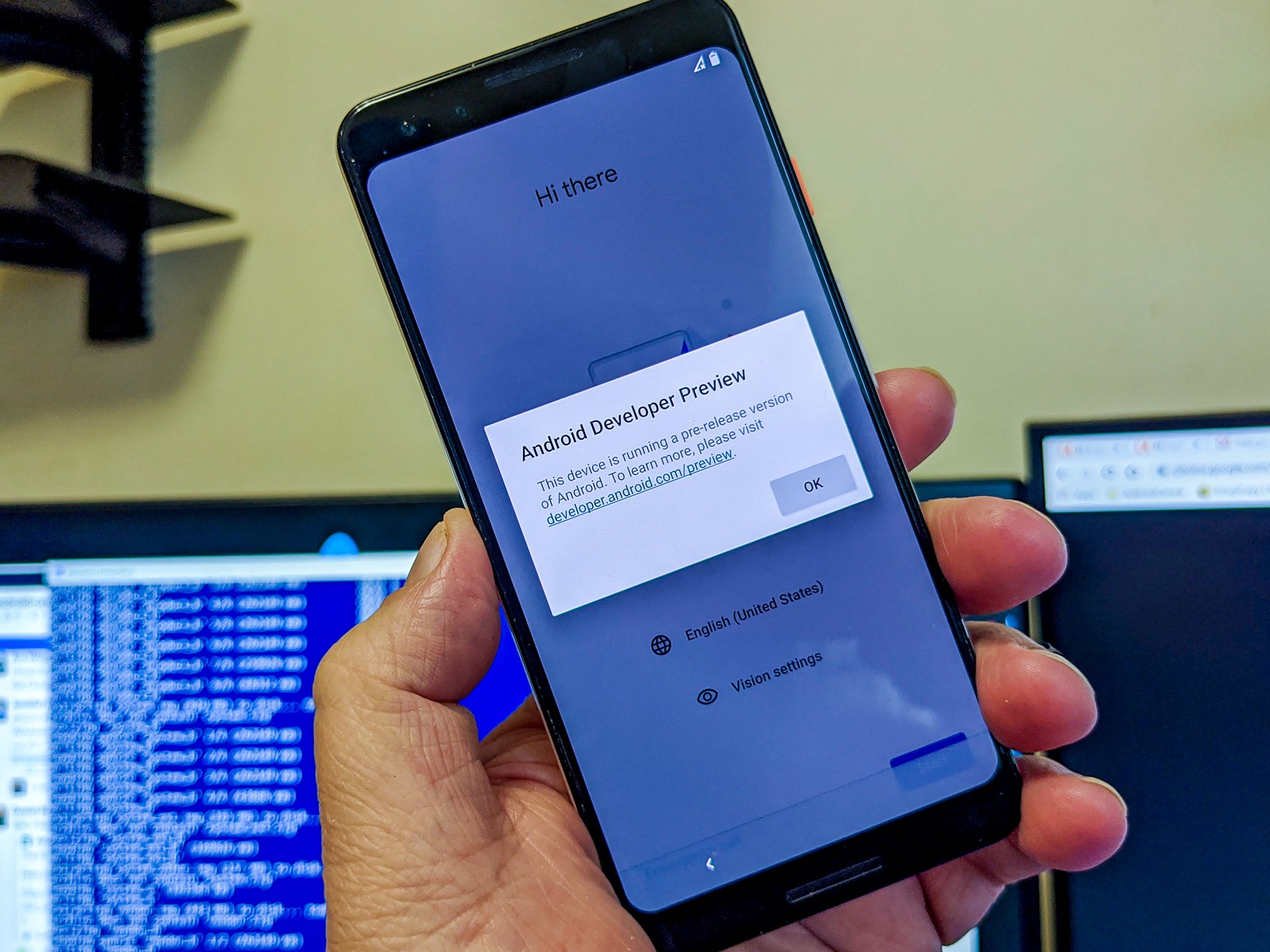

ليست هناك تعليقات: